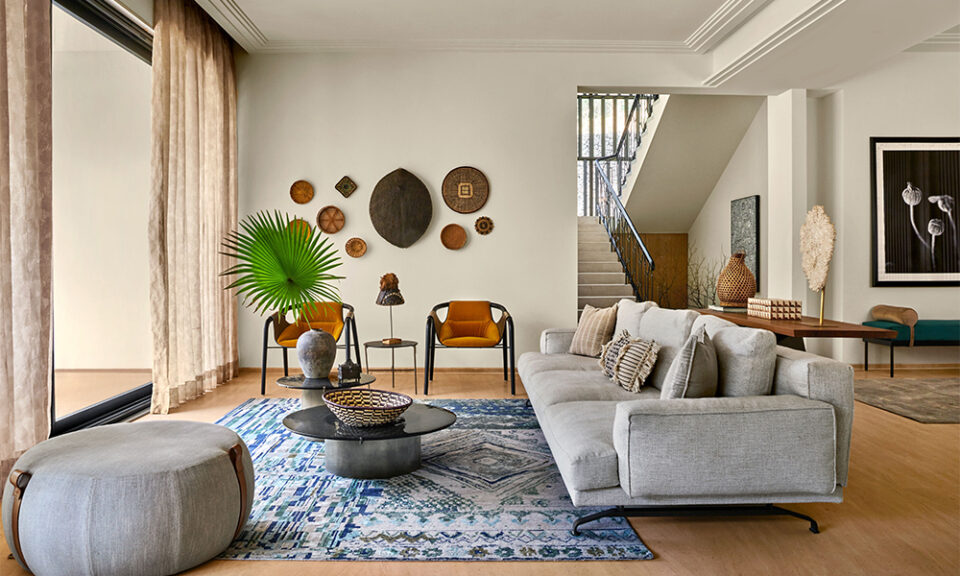In recent years, there has been a growing trend towards sustainable and eco-friendly furniture. As people become more aware of the environmental impact of their choices, they are seeking out furniture that is both stylish and environmentally responsible. This article explores the latest trends in sustainable furniture design and highlights some of the key features and benefits of these eco-friendly pieces.
1. Use of Recycled Materials
One of the prominent trends in sustainable furniture is the use of recycled materials. Designers are finding innovative ways to repurpose materials such as reclaimed wood, recycled plastic, and upcycled metal to create unique and stylish furniture pieces. This not only reduces waste and saves natural resources but also adds character and charm to the furniture.
2. Non-Toxic and Low VOC Finishes
Another important aspect of eco-friendly furniture is the use of non-toxic and low VOC (volatile organic compounds) finishes. Conventional furniture finishes often contain harmful chemicals that can off-gas and contribute to indoor air pollution. Sustainable furniture, on the other hand, utilizes finishes that are safe for both the environment and human health.
3. Minimalist and Multifunctional Designs
Sustainable furniture trends also focus on minimalist and multifunctional designs. These furniture pieces are designed to maximize functionality and minimize waste. For example, a coffee table with built-in storage or a sofa that can be transformed into a bed not only saves space but also reduces the need for additional furniture.
4. Energy-Efficient Lighting
Lighting plays a crucial role in interior design, and sustainable furniture takes this into consideration. Energy-efficient lighting options such as LED lights are often incorporated into eco-friendly furniture designs. These lights consume less energy, have a longer lifespan, and produce minimal heat, making them environmentally friendly and cost-effective.
5. Responsibly Sourced Materials
Sustainability also involves the responsible sourcing of materials. This means that furniture manufacturers are increasingly using certified sustainable materials such as FSC (Forest Stewardship Council) certified wood, which ensures that the wood comes from responsibly managed forests. By using responsibly sourced materials, furniture designers are contributing to the conservation of natural resources and protecting biodiversity.
6. Upcycling and Repurposing
The trend of upcycling and repurposing furniture has gained significant popularity in recent years. Instead of throwing away old or worn-out furniture, people are now finding creative ways to give them a new life. Upcycling involves transforming an item into something of higher value, while repurposing involves finding a new use for an item. These practices not only reduce waste but also add a unique and personalized touch to the furniture.
The sustainable and eco-friendly furniture trends discussed in this article highlight the shift towards more responsible and conscious choices in furniture design. By embracing recycled materials, non-toxic finishes, minimalist designs, energy-efficient lighting, responsibly sourced materials, and upcycling, consumers can contribute to a greener and more sustainable future. Investing in sustainable furniture not only benefits the environment but also creates a healthier and more stylish living space.

